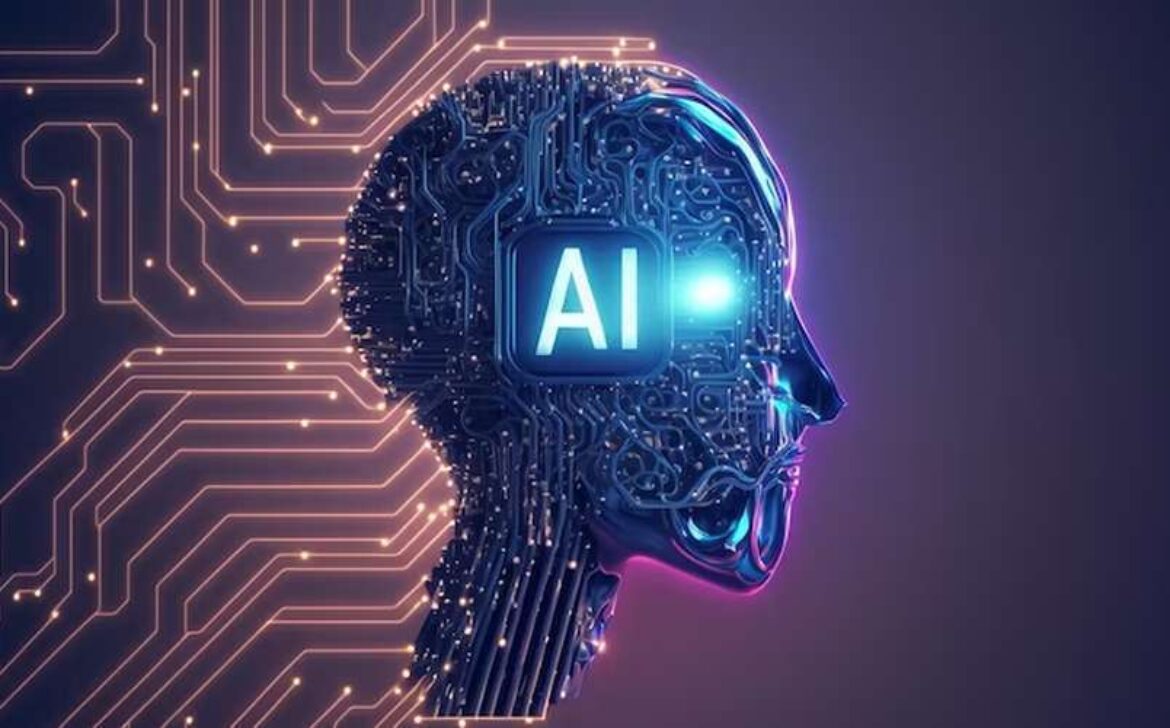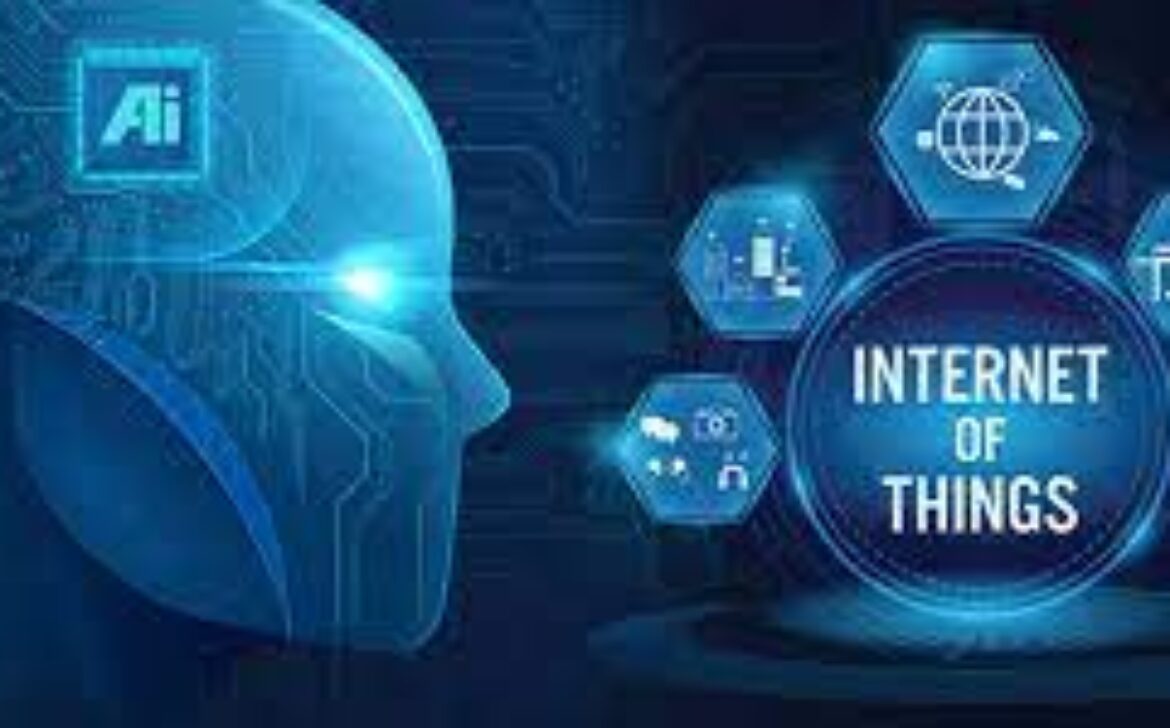AI in Creative Arts: Transforming Creativity and Expression
Artificial Intelligence (AI) is reshaping numerous industries, and the realm of creative arts is no exception. From generating music and visual art to assisting in writing and film production, AI is becoming an invaluable tool for artists and creators. This technology is pushing the boundaries of creativity, challenging our traditional notions of art and authorship. In this blog, we delve into the integration of AI across various creative domains, its impact, and the ethical questions it raises. One of the most fascinating applications of AI in creative arts is visual art creation. AI algorithms, particularly those based on deep learning, can generate images, paintings, and even sculptures that rival human-made art. Techniques like Generative Adversarial Networks (GANs) are at the forefront of this innovation. Generative Art involves creating artwork through algorithmic processes, where AI autonomously generates visuals based on specific parameters. GANs consist of two neural networks: a generator that creates images and a discriminator that evaluates them. This dynamic results in increasingly sophisticated and realistic outputs. A notable example is the portrait “Edmond de Belamy,” created by the Paris-based collective Obvious using a GAN, which sold for over $432,000 at a Christie’s auction. AI also enables style transfer, a technique allowing the style of one image to be applied to another, resulting in unique hybrid artworks. Moreover, AI serves as a collaborative partner for artists, generating initial concepts, exploring new aesthetics, and co-creating pieces. This collaboration often leads to innovative results that neither human nor machine could achieve alone. AI’s impact on the music industry is profound, offering new possibilities for composition, performance, and sound design. AI systems analyze vast amounts of musical data, learning patterns, styles, and structures to compose original pieces. AI-powered tools can generate entire musical compositions autonomously. OpenAI’s MuseNet, for instance, generates music in various genres and styles, while AIVA (Artificial Intelligence Virtual Artist) composes original music for film scores and video games. AI revolutionizes sound design and music production. Tools like LANDR use AI to master tracks automatically, adjusting levels, equalization, and compression. In sound design, AI generates unique soundscapes and effects for films, video games, and immersive experiences. AI is making significant strides in literature and writing, assisting in content creation across various genres. From generating poetry and fiction to drafting news articles, AI is a versatile tool for writers. Natural Language Processing (NLP) enables AI systems to understand and generate human language. OpenAI’s GPT-3, a powerful language model, can write essays, stories, poetry, and even code, mimicking human writing styles and generating creative content. AI tools assist writers by providing inspiration, suggesting plot ideas, or drafting text. Platforms like Sudowrite help writers overcome writer’s block by generating creative suggestions. In journalism, AI automates the writing of news articles and reports, demonstrating its potential to assist and augment human writers. The film and media industries are increasingly embracing AI for creative and production processes, from scriptwriting and casting to editing and special effects. AI tools analyze datasets of scripts and films to identify successful narrative structures and generate new story ideas. AI scriptwriting tools like ScriptBook predict a film’s success based on its script, helping filmmakers make data-driven decisions. AI transforms special effects and animation, generating realistic visual effects and animating characters. Machine learning algorithms create deepfake technology, opening new possibilities for filmmakers and animators. AI-driven analytics and recommendation systems help media companies tailor content to individual viewers. Streaming platforms like Netflix and Spotify use AI algorithms to recommend content based on user behavior, enhancing user experience and engagement. The integration of AI into creative arts raises ethical and philosophical questions. Issues of authorship and originality, potential loss of human creativity, and employment are significant concerns. Additionally, cultural representation and bias in AI-generated content must be addressed to ensure diversity and inclusivity. The future of AI in creative arts holds exciting possibilities. AI technologies will likely become more integrated into the creative process, enabling new forms of artistic expression and collaboration. However, it is essential to approach AI integration thoughtfully and ethically, balancing its benefits with a respect for human creativity. AI is transforming creative arts, offering new tools and opportunities for artists and creators. While presenting challenges, AI opens up possibilities for innovation and expression. As we navigate this new landscape, balancing AI’s benefits with respect for human creativity is crucial, ensuring the arts remain vibrant and vital. Internal Links: Outbound Links: By embracing AI’s transformative potential and addressing the challenges it presents, we can ensure that AI enhances rather than diminishes human creativity in the arts.AI in Creative Arts: Transforming Creativity and Expression
AI in Visual Arts
Generative Art and GANs
Style Transfer and Artistic Collaboration
AI in Music and Sound Design
Algorithmic Composition and Music Generation
AI in Sound Design and Production
AI in Literature and Writing
Natural Language Processing and Text Generation
AI-Assisted Creative Writing
AI in Film and Media
Scriptwriting and Storytelling
Special Effects and Animation
Audience Engagement and Personalization
Ethical and Philosophical Considerations
The Future of AI in Creative Arts
Conclusion













